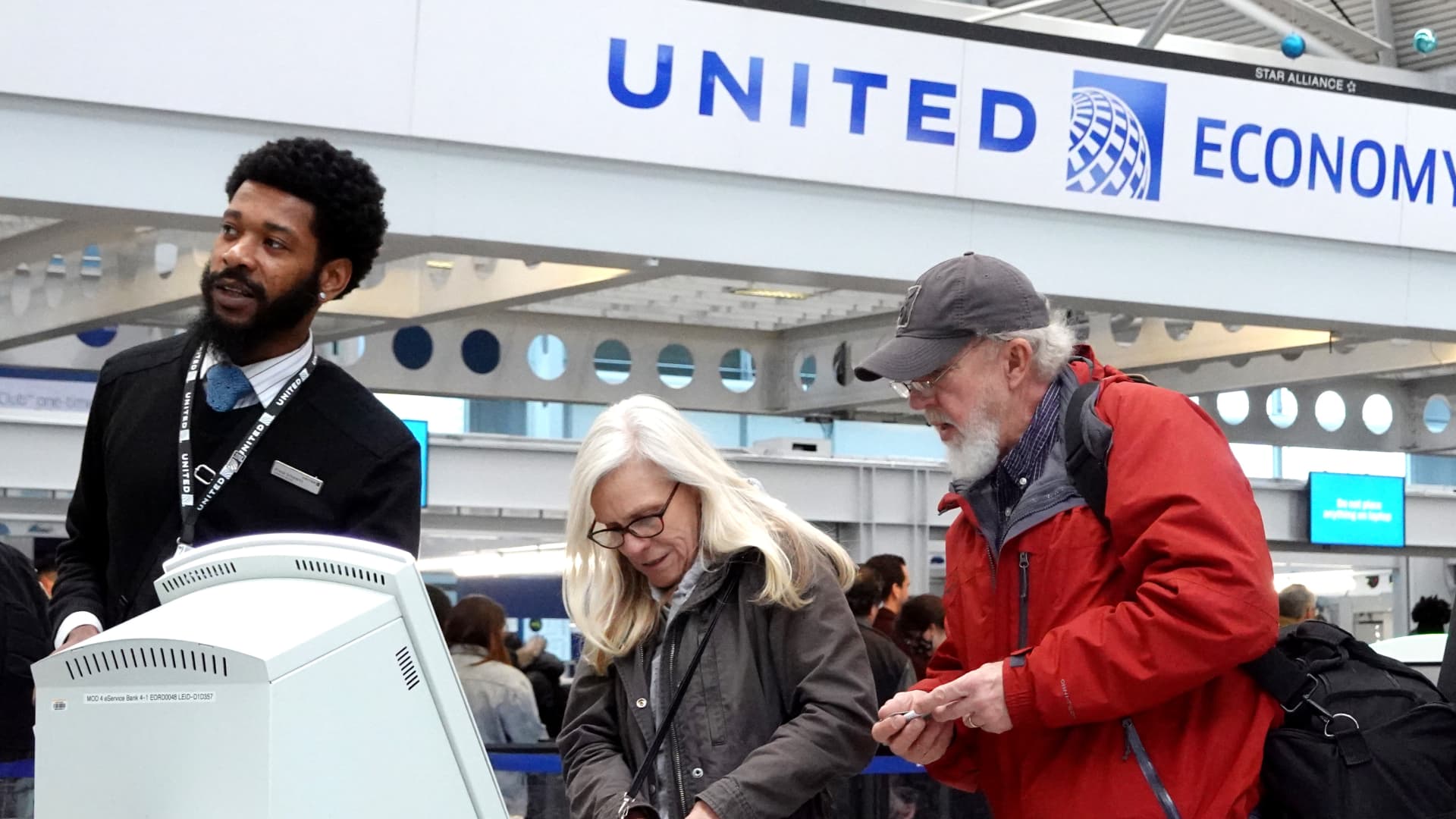After the Houthi militia began attacking container ships in the Red Sea last year, the cost of transporting goods from Asia rose by over 300 percent, raising fears that disruptions to supply chains could once again rattle the global economy.
The Iran-backed Houthis, who control northern Yemen, continue to threaten ships, forcing many to take a much longer route around the southern tip of Africa. However, there are signs that the world is likely to avoid a protracted shipping crisis.
One reason for optimism is that a large number of container ships ordered two to three years ago are entering service. These additional ships are intended to help shipping companies maintain regular service when their ships travel longer distances. The companies ordered the ships as the extraordinary surge in global trade during the pandemic created huge demand for their services.
“There is a lot of available capacity in ports, ships and containers,” said Brian Whitlock, senior director and analyst at Gartner, a logistics research firm.
Shipping costs remain high, but some analysts expect strong supply of new ships to push prices down later this year.
Before the attacks, ships from Asia transited the Red Sea and Suez Canal, which normally carries an estimated 30 percent of global container traffic, to reach European ports. Most now circumnavigate the Cape of Good Hope, extending journeys by 20 to 30 percent, increasing fuel consumption and crew costs.
The Houthis say they are attacking ships in retaliation for Israel’s invasion of Gaza. The United States, Britain and their allies have pushed back against the Houthi positions.
Some analysts worry the longer trips could drive up costs for consumers. But shipping executives now say they expect their operations to adjust to the Red Sea disruptions before the third quarter – their busiest season when many retailers in Europe and the United States are stocking up for the winter holidays.
The new ships represented more than a third of the industry’s capacity before the order boom began, Whitlock said, and most will be delivered by the end of this year.
According to Gartner, new ships will increase Danish shipping giant Maersk’s transport capacity by 9 percent, and some of its competitors are planning significantly larger expansions. MSC, the largest shipping company, is expanding its fleet by 132 ships, increasing its fleet capacity by 39 percent. And France’s CMA CGM, the world’s third-largest shipping company, will increase its capacity by 24 percent, according to Whitlock.
“It is therefore only a matter of time,” Maersk Chief Executive Vincent Clerc told investors this month, “until the capacity issue is fully resolved.”
This relatively rapid adjustment reflects the fact that global supply chains are in much better shape than they were in 2021 and 2022. Back then, the supply of goods such as home appliances and garden tools was limited, while demand from consumers stuck at home was strong. Ports, shipping companies and others also struggled with a shortage of workers, containers and ships.
Shipping analysts and executives also note that not every ship takes the long route around Africa to bypass the Red Sea and Suez Canal. An average of 30 cargo ships per day have passed through the canal so far this year, compared to 48 in 2023, according to the International Monetary Fund and Oxford University.
However, the rise in shipping costs is causing real problems for smaller companies that do not have long-term contracts with shipping companies, making them more vulnerable to a sudden increase in tariffs for shipping containers.
They rely on the so-called spot market, where interest rates are well above the levels they were at for most of last year. By 2023, shipping costs had fallen to pre-pandemic levels.
LSM Consumer & Office Products, a company based in central England, imports office supplies from China and India. Marcel Landau, the chief executive, said his cost to transport a container rose to $3,000 from about $1,000 before the Red Sea attacks. He cannot easily pass on the costs to his customers because his prices are contractually fixed. Therefore, he expects the higher shipping costs to eat up about half of his profits.
“Last year was wonderful. It was exactly how a business should be,” he said. “And then things started to go wrong when the situation in the Middle East started to explode.”
Lyndsay Hogg, director at Hogg Global Logistics, a company in Hartlepool on the north-east coast of England that organizes shipping for small and medium-sized businesses, said many of their customers were unsettled by the rise in shipping costs and that some were delaying their deliveries.
“We feel like people are nervous,” she said. “We have seen a decline in bookings.”
Shipping a 40-foot container from Asia to northern Europe, one of the routes hardest hit by the Red Sea attacks, cost $4,587 per container last week, up 350 percent from the end of September, according to spot market data from Freightos, a digital agency Shipping marketplace. (The average for 2021, when shipping lines were extremely congested, was $11,322.)
Stress in the Middle East has contributed to skyrocketing transportation costs, even on distant routes. According to Freightos, the cost of shipping from Asia to ports on the West Coast of the U.S. has increased 190 percent since September.
The disruption in the Red Sea comes as far fewer ships have been able to pass through the Panama Canal, which is suffering from low water levels. This canal’s problems have also caused delays and diversions.
Shipping experts say the detour via Africa is the main cause of the rise in shipping costs.
Container ships on their way from Asia to Europe spend around 20 to 30 percent longer at sea than if they were traveling through the Suez Canal. This has actually led to a reduction in transport capacity. And with less capacity available to meet robust demand, prices rose, analysts say.
Regulators are monitoring the situation.
They want the shipping companies to earn enough money to keep the supply chains running smoothly. But the regulatory authorities also say that they want to protect shipping companies’ customers from price gouging.
Daniel Maffei, chairman of the United States Federal Maritime Commission, said he was concerned about fees and surcharges imposed by shipping companies due to the Red Sea attacks and the current decline in overall shipping capacity. But he added: “In the medium term I’m less worried about all these ships coming online and then increasing capacity.”
Source link
2024-02-22 05:49:17
www.nytimes.com














